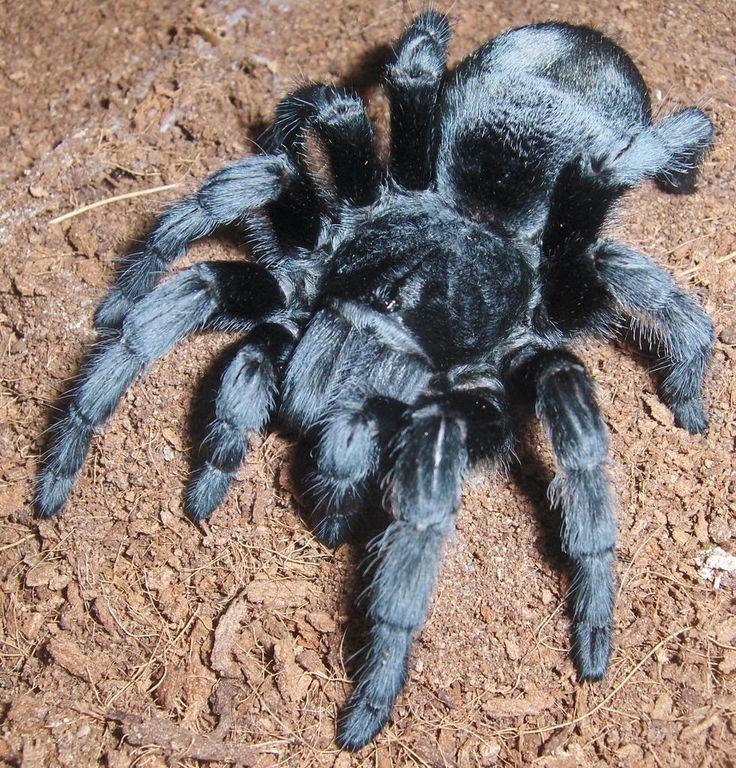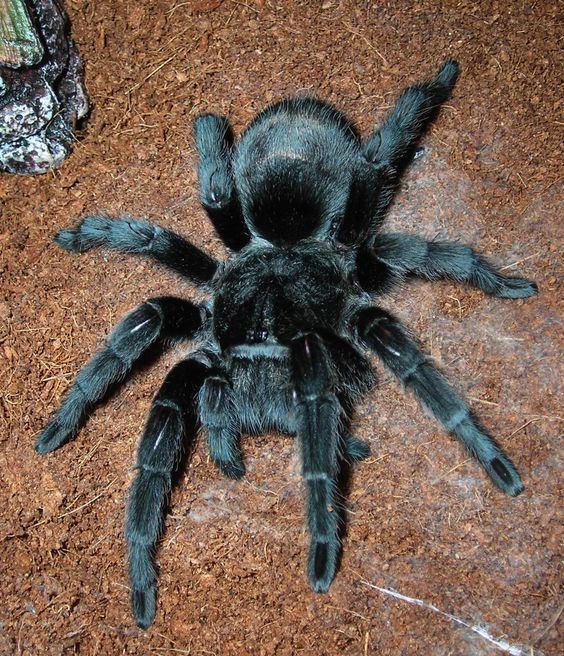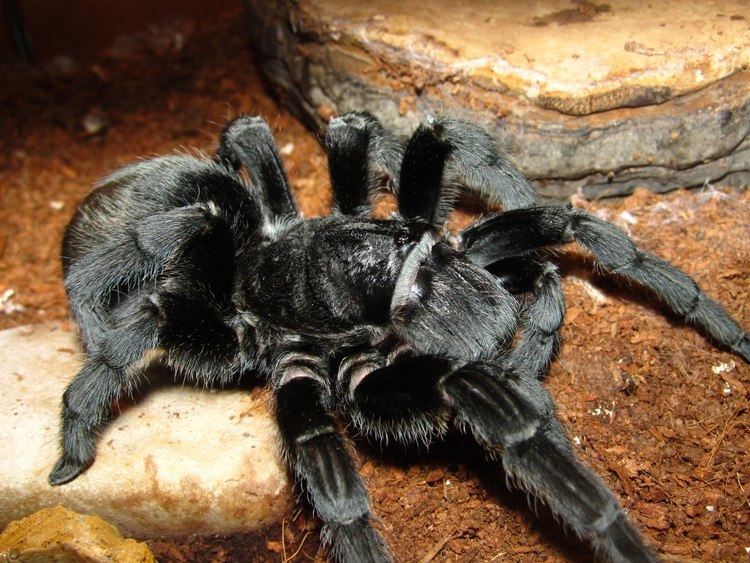Order Araneae Family Theraphosidae Rank Species | Genus Grammostola Higher classification Grammostola | |
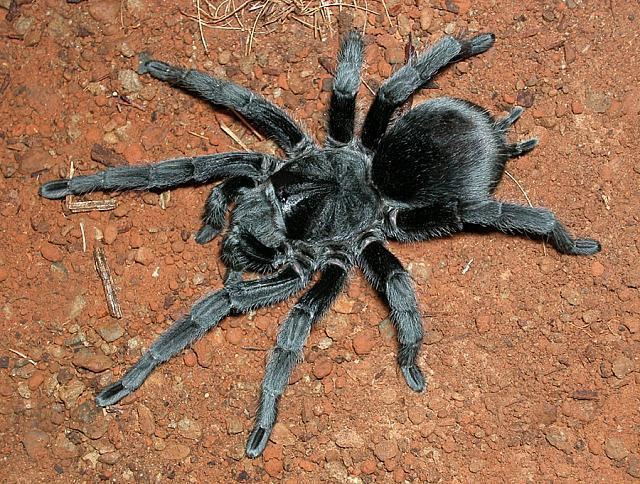 | ||
Similar Grammostola, Tarantula, Grammostola pulchripes, Chilean rose tarantula, Greenbottle blue tarantula | ||
Handling calm brazilian black tarantula grammostola pulchra l7 inferion7
Grammostola pulchra is a terrestrial tarantula native to Brazil and the north of Uruguay.
Contents
- Handling calm brazilian black tarantula grammostola pulchra l7 inferion7
- Before and after a molt 10 year old big grammostola pulchra tarantula
- Description
- Pet trade
- References
Before and after a molt 10 year old big grammostola pulchra tarantula
Description
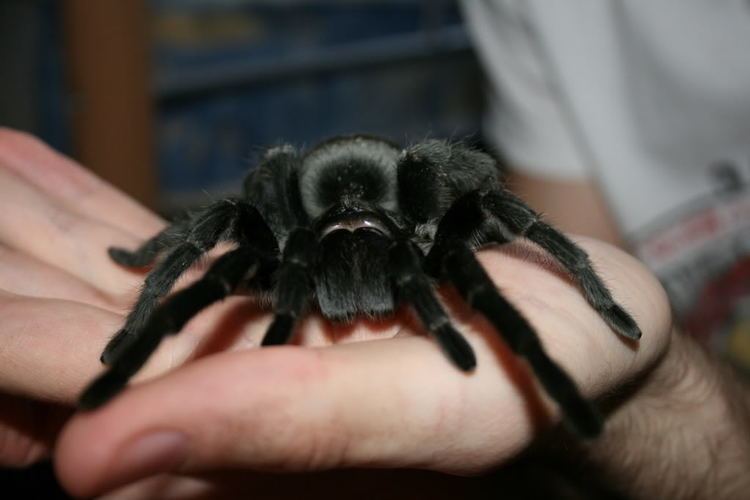
Commonly known as the Brazilian black, mature specimens are almost entirely black. Although like most new world tarantulas it possesses urticating hairs. If provoked, they would much rather flee than attack. Their venom is not as irritating as many other species of tarantulas. The Brazilian Black is a slow grower, taking up to eight years to reach maturity, reaching up to 18 cm (7 in). As with all tarantulas, females of this species will almost always outlive males by many years. As a juvenile in captivity, this species tends to burrow when given the opportunity, but it is not detrimental to their health if they cannot. Dry substrate is key to keeping this species comfortable. Most members of this species are hearty eaters in comparison to other members of the Grammostola genus. They thrive on mealworms, crickets, roaches, and other small insects.
Pet trade
The species is desirable in the pet trade because of the females' long lifespan and reputation for being docile and gentle in temperament, as well as for its appealing dark coloration. These traits make them rather expensive when buying from a breeder. It is said to have a reduced tendency to kick urticating hairs off when handled, which adds to its desirability as a pet. Many times, they do not spread urticating hairs around their homes, as observed in other tarantula species. Because of a ban on the export of wild caught specimens and its slow growth, mature females (preferred because of their long life) are generally expensive.
